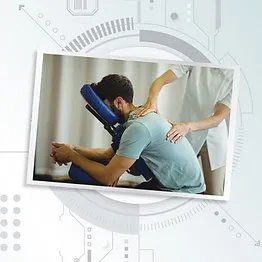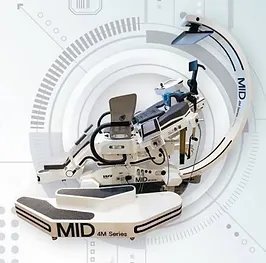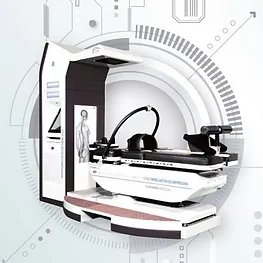Headache
Pain Symptoms
Headache Symptoms
Shoulder & Neck Pain
Spine & Joints
- Disc-herniation
- Scoliosis
- Sciatica
- Back Pain
- Ankylosing Spondylitis
- Osteoporosis
- Pregnancy Pain
- Bone Spur
Upper Limbs
Lower Limbs

What type of headache do you have?
The International Headache Society identified 14 different types and sub classifications of headaches. The most common types of headaches are tension headaches, cervicogenic headaches, migraines, and headaches caused by trauma or injury. Tension headaches are the result of muscle tension around the base of the skull and neck while cervicogenic headaches are a common disorder in which neck problems refer pain to the head leading to headaches.
Signs that let you know when to worry about a headache
Cervicogenic headaches are caused by referred pain from cervical spine (neck) dysfunction, including degeneration, misalignment and nerve impingement. Cervicogenic headaches often develop if there is joint dysfunction and nerve compression in the upper neck. Pain often starts at the base of the skull and can radiate up one, or both, side of the back of the head. Many practitioners mis-diagnose cervicogenic headaches as migraine headaches.

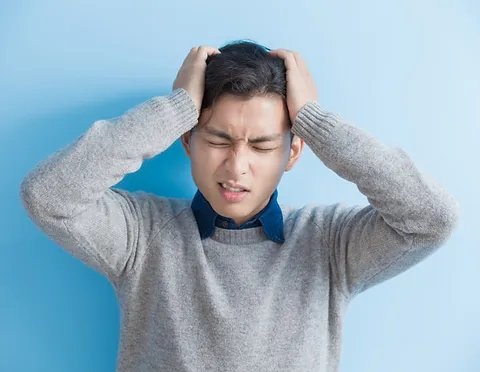
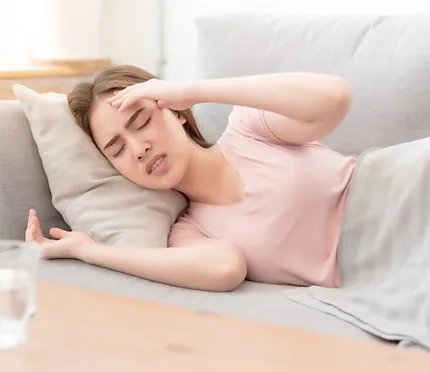
Triggers of headaches
Cervicogenic headaches are often the result of activities that place excessive stress on the upper joints of the neck. This may occur after a traumatic injury (e.g. whiplash or sudden heavy lifting) but more commonly is due to repetitive or sustained activities such as prolonged slouching, lifting or carrying in poor posture, repetitive bending or twisting of the neck, working at a computer and excessive use of mobile electronics.
Treating headaches with pain relievers: Don't take them too often
Many people who suffer from headaches take painkillers such as aspirin or ibuprofen pain relief. However, the effect of painkillers is temporary and only masks the pain and can lead to side effects if taken over long periods. Rather than relying on drugs to mask your pain, your headaches should be addressed to identify and addressing the root causes.
When headaches won't go away
The most important thing before treating a headache is to find out the cause of the headache. Before the diagnosis, the spine and physiotherapist will generally make a detailed consultation with the patient regarding the feeling of pain, the time of headache, frequency of pain and the cause of pain, etc.
- Pain medication
- TENS for symptomatic relief
Long Term Treatment:
- Spine and Physiotherapy adjustments to address the underlying joint dysfunction and restore proper motion of the neck.
- Physical therapy modalities (E.g. therapeutic ultrasound, electric muscle stim, hot/cold therapy) to address muscular imbalance that may contribute to nerve compression
Headache FAQ
What are the four most common headaches?
There are hundreds of headaches, among which sinus headaches, tension headaches, migraines and cluster headaches are the most common. Headaches are also divided into primary headaches and secondary headaches. Primary headaches are not triggered by other conditions or diseases; while secondary headaches are caused by other diseases.
What is the main cause of migraine?
The exact cause of migraine for each person differs and has to be determined through professional consultation. Yet, migraines are normally believed to be caused by the abnormal activities of the brain affecting the nerve signals, chemicals and blood vessels of the brain.
Can migraines lead to death?
Studies show that migraine sufferers are more likely to die from heart disease and stroke. Sufferers of migraines with aura (migraine with or preceded by visual or sensory disturbances) have an even higher risk of dying from heart disease and stroke.

